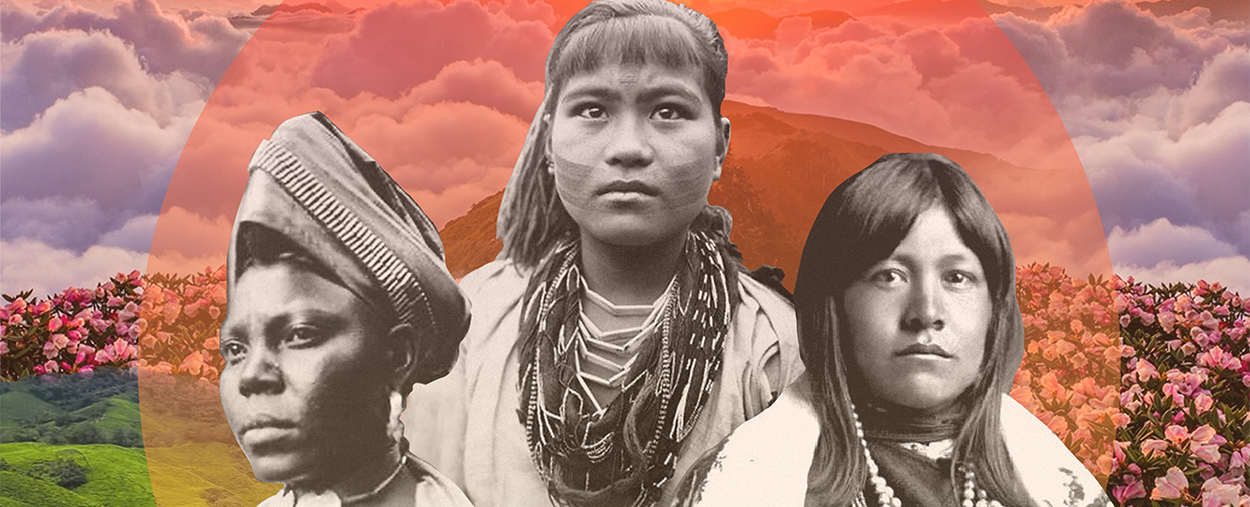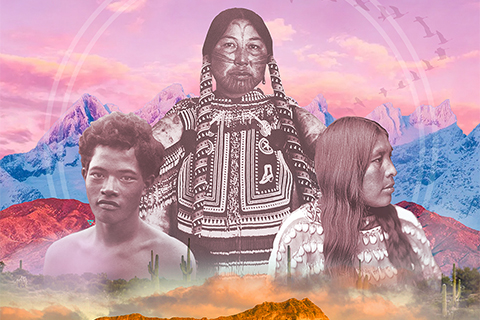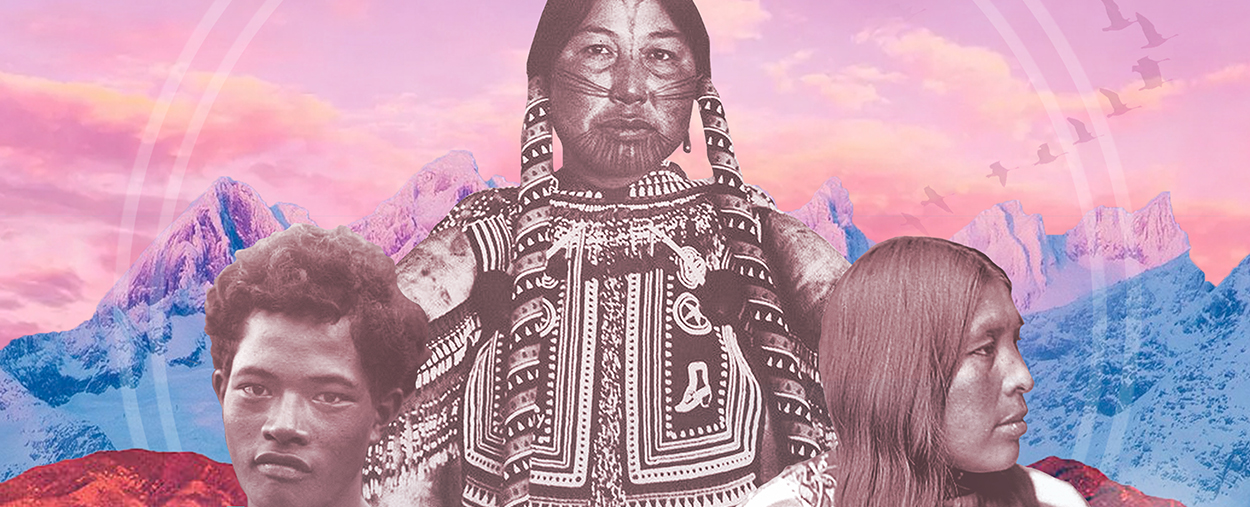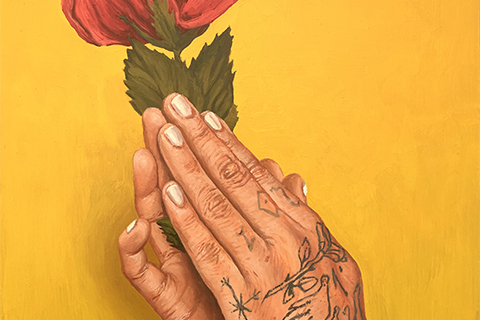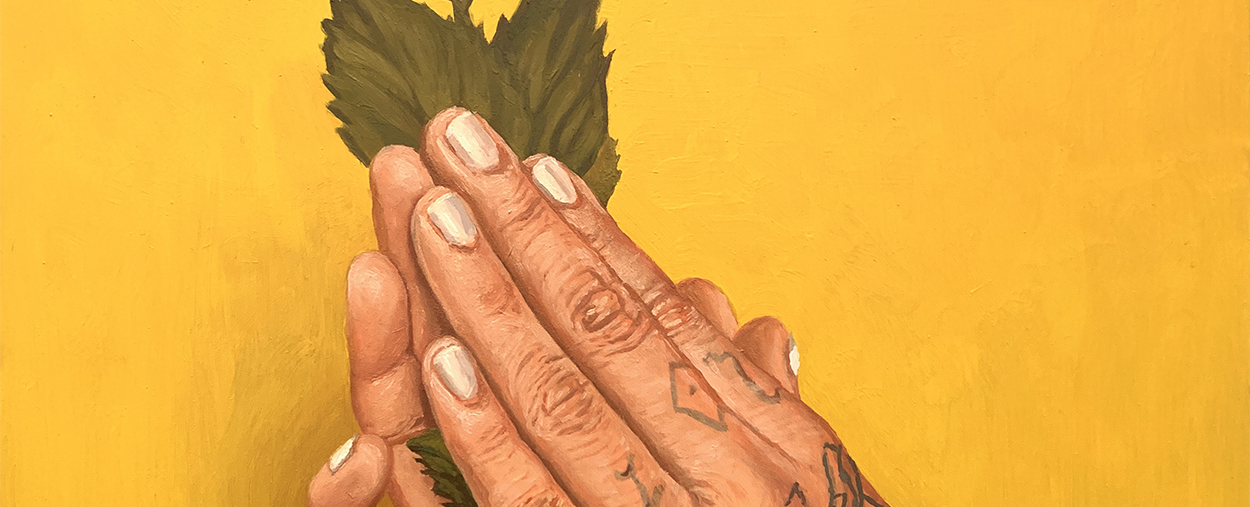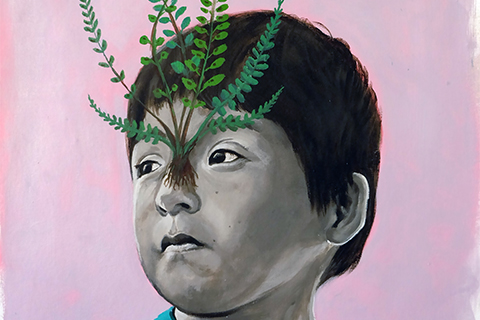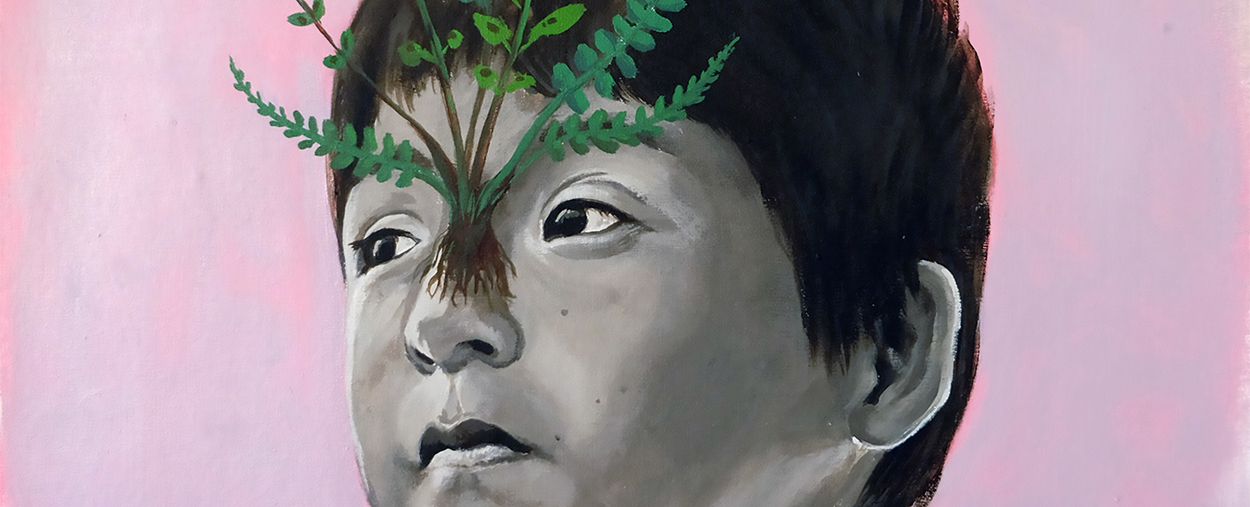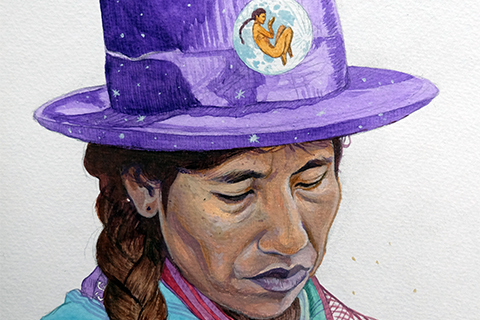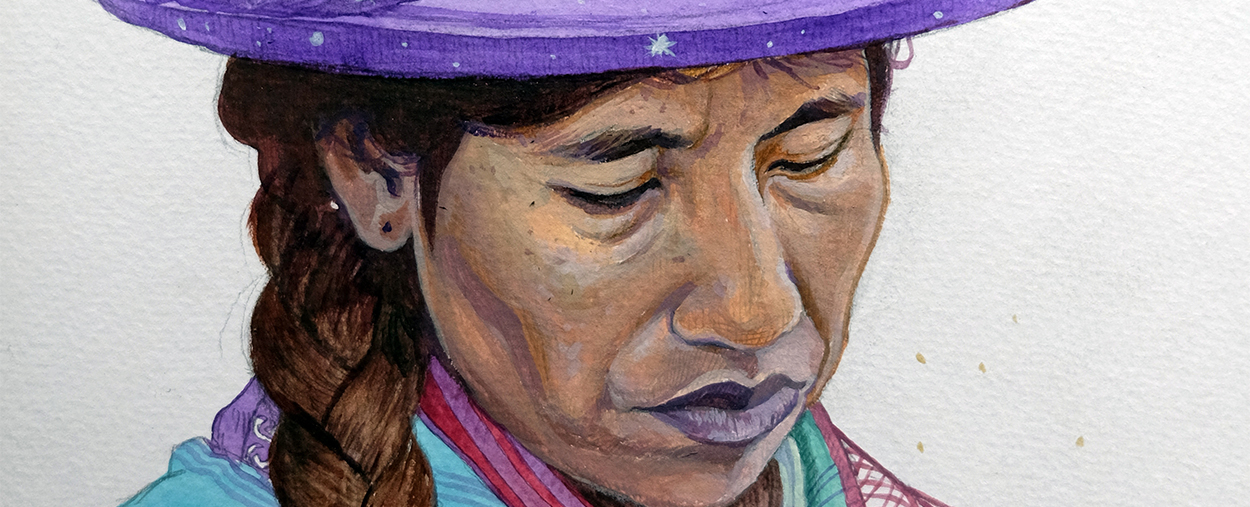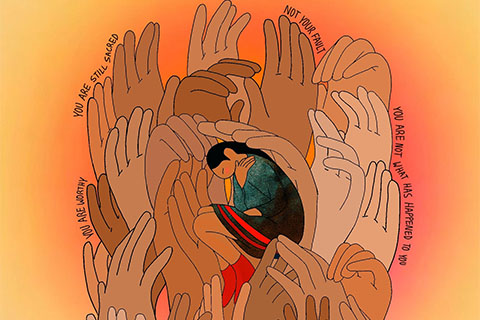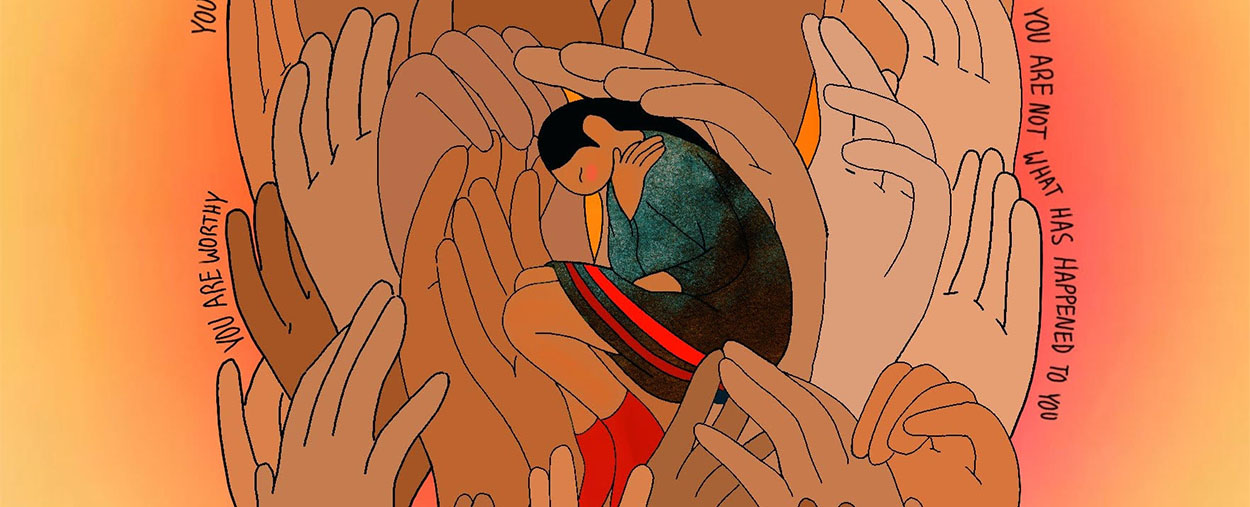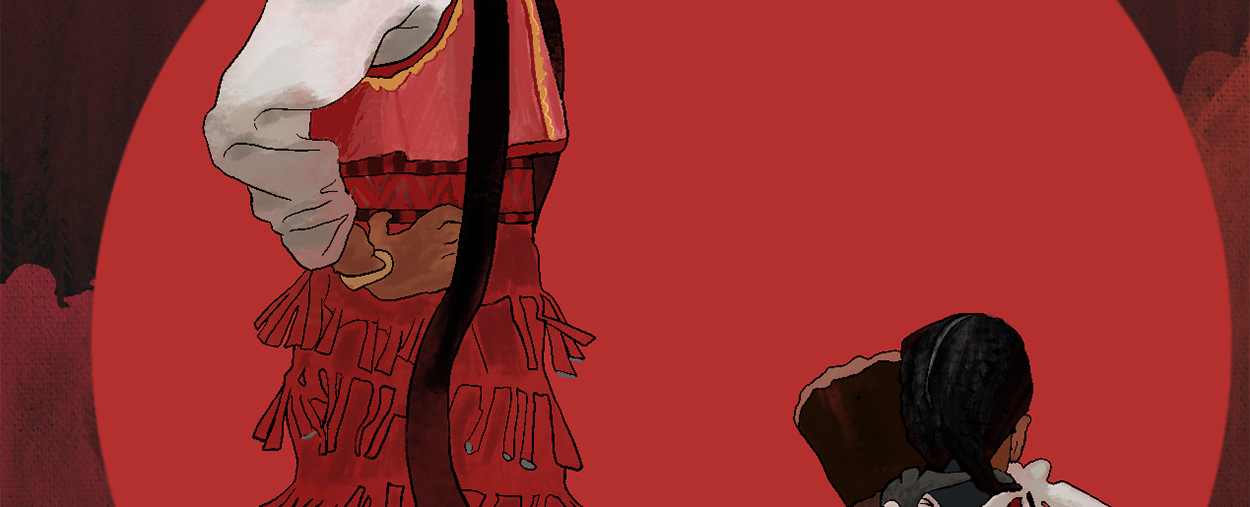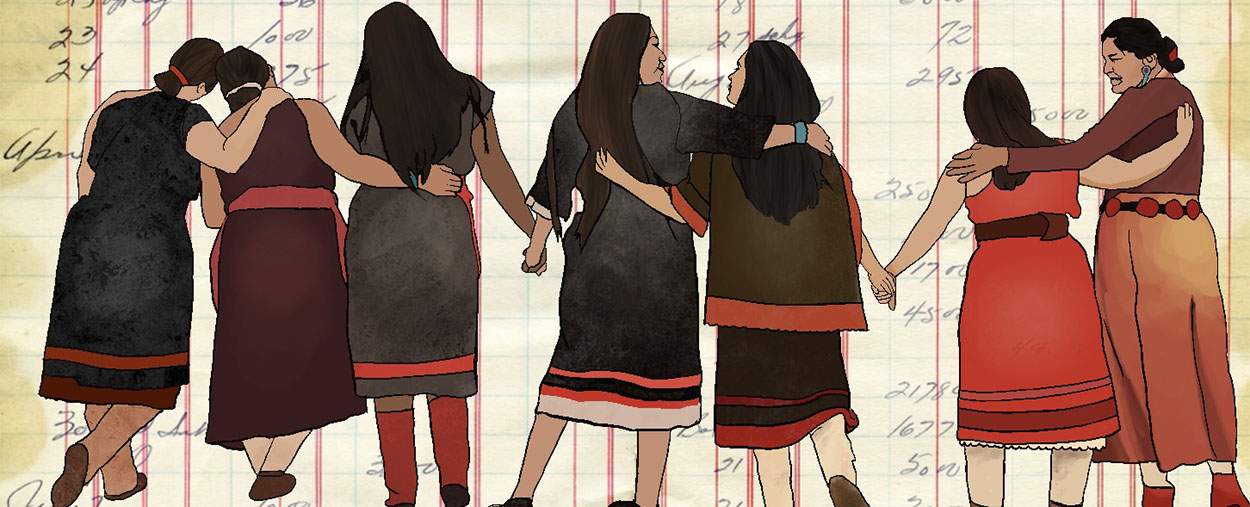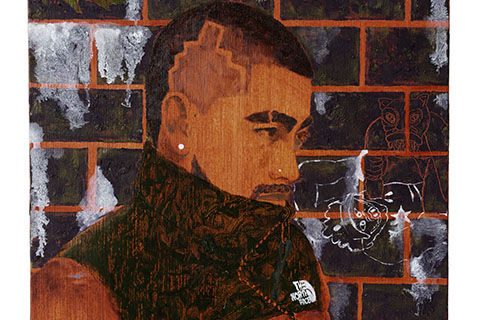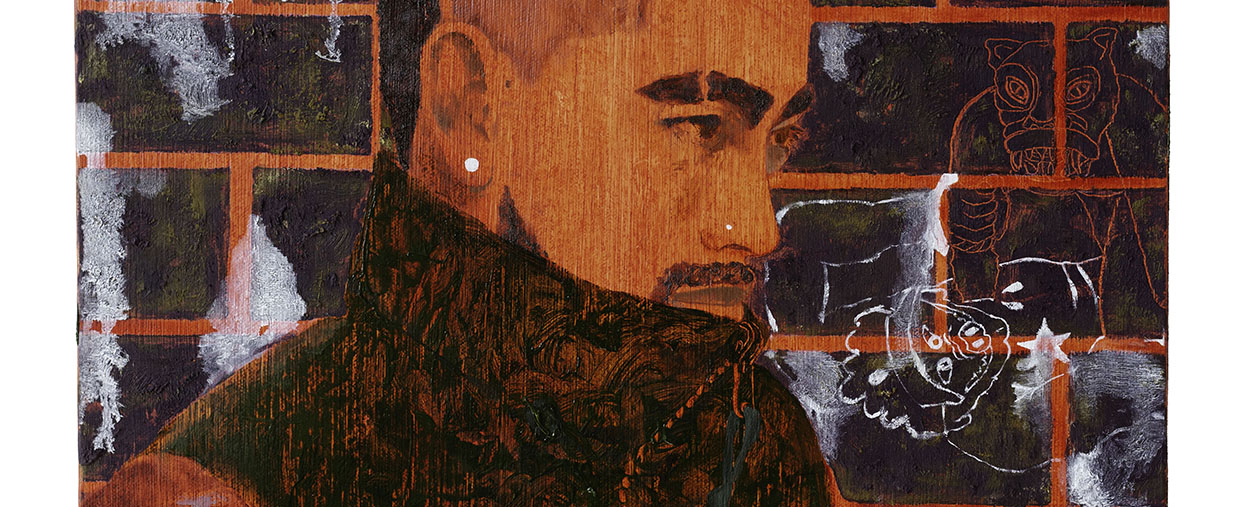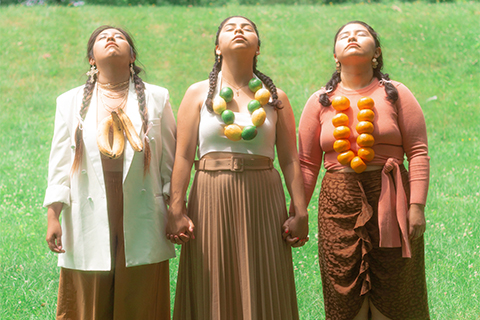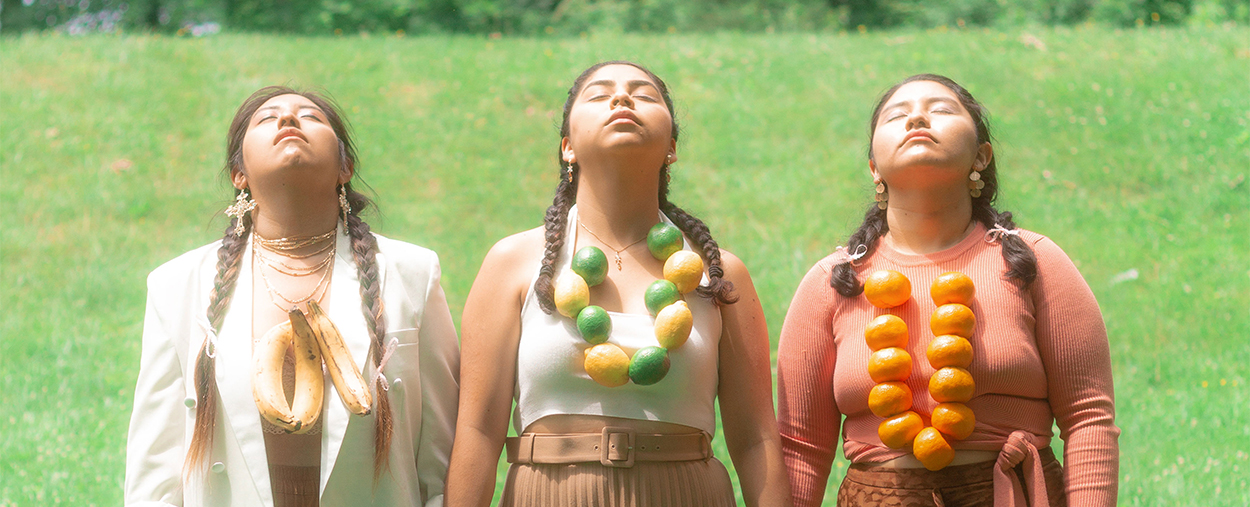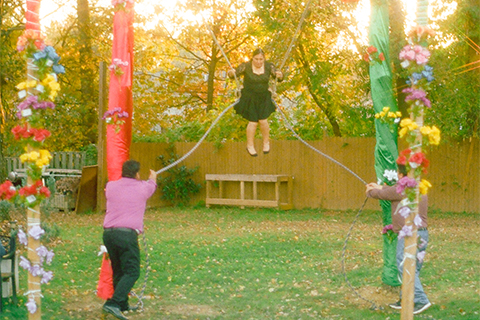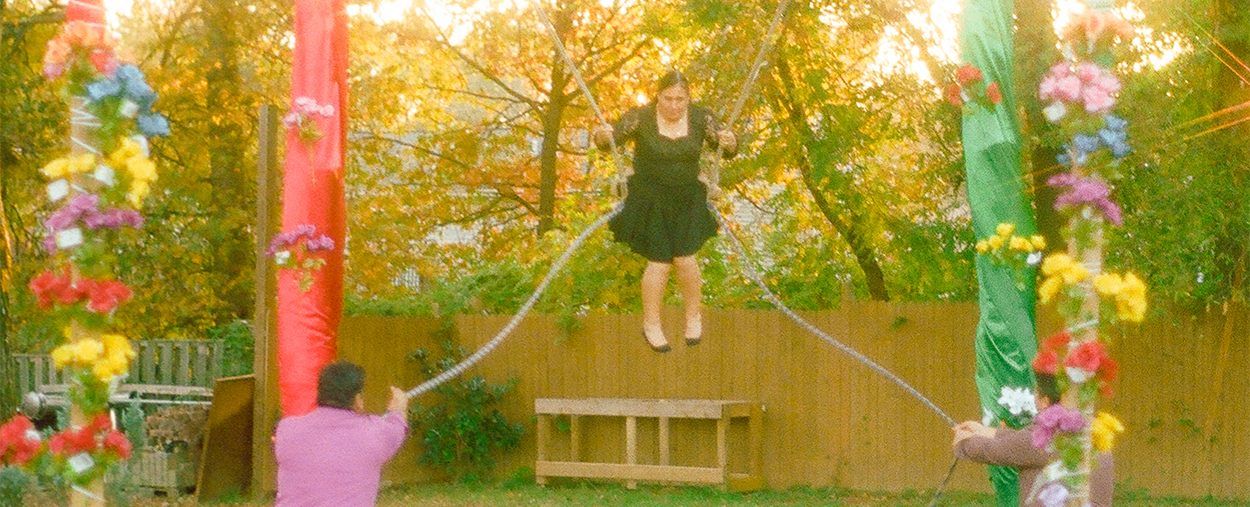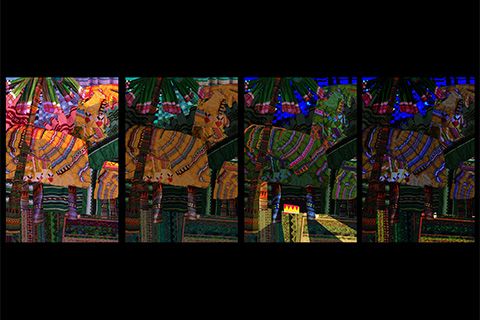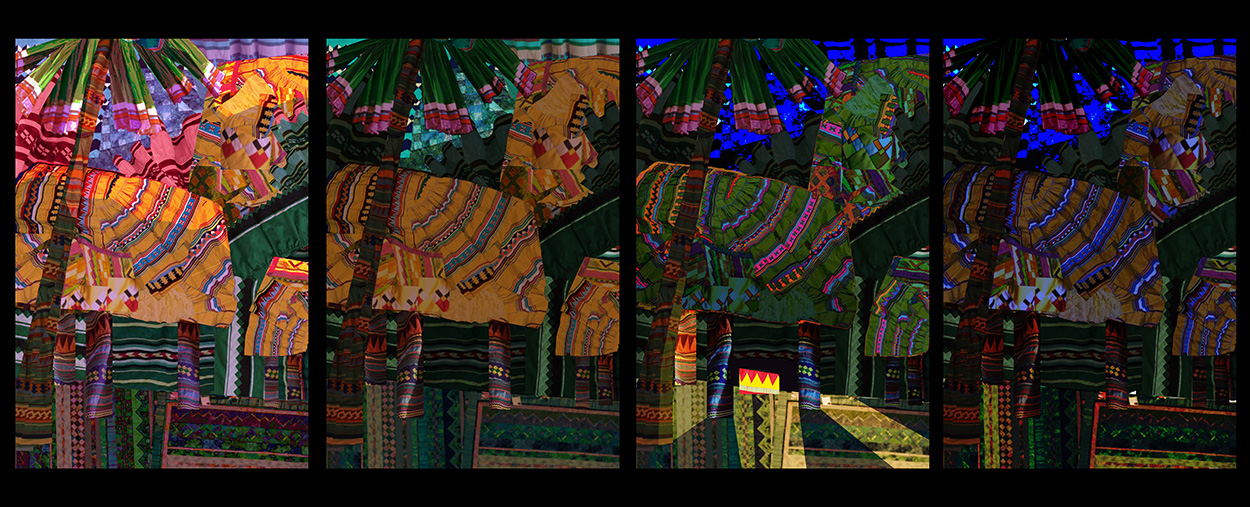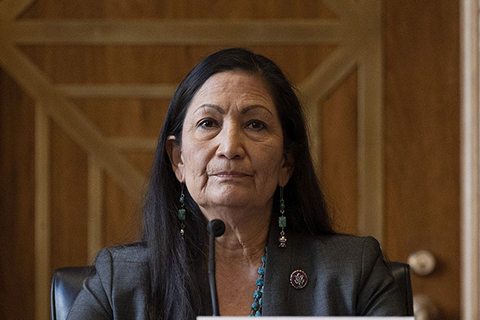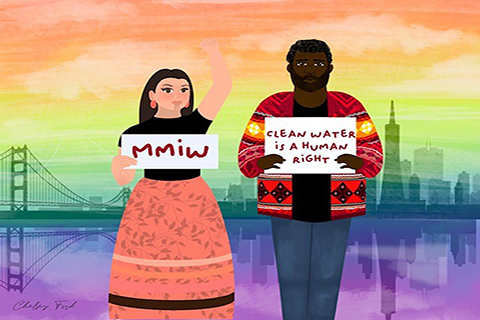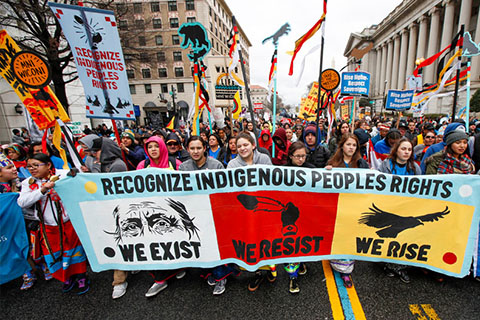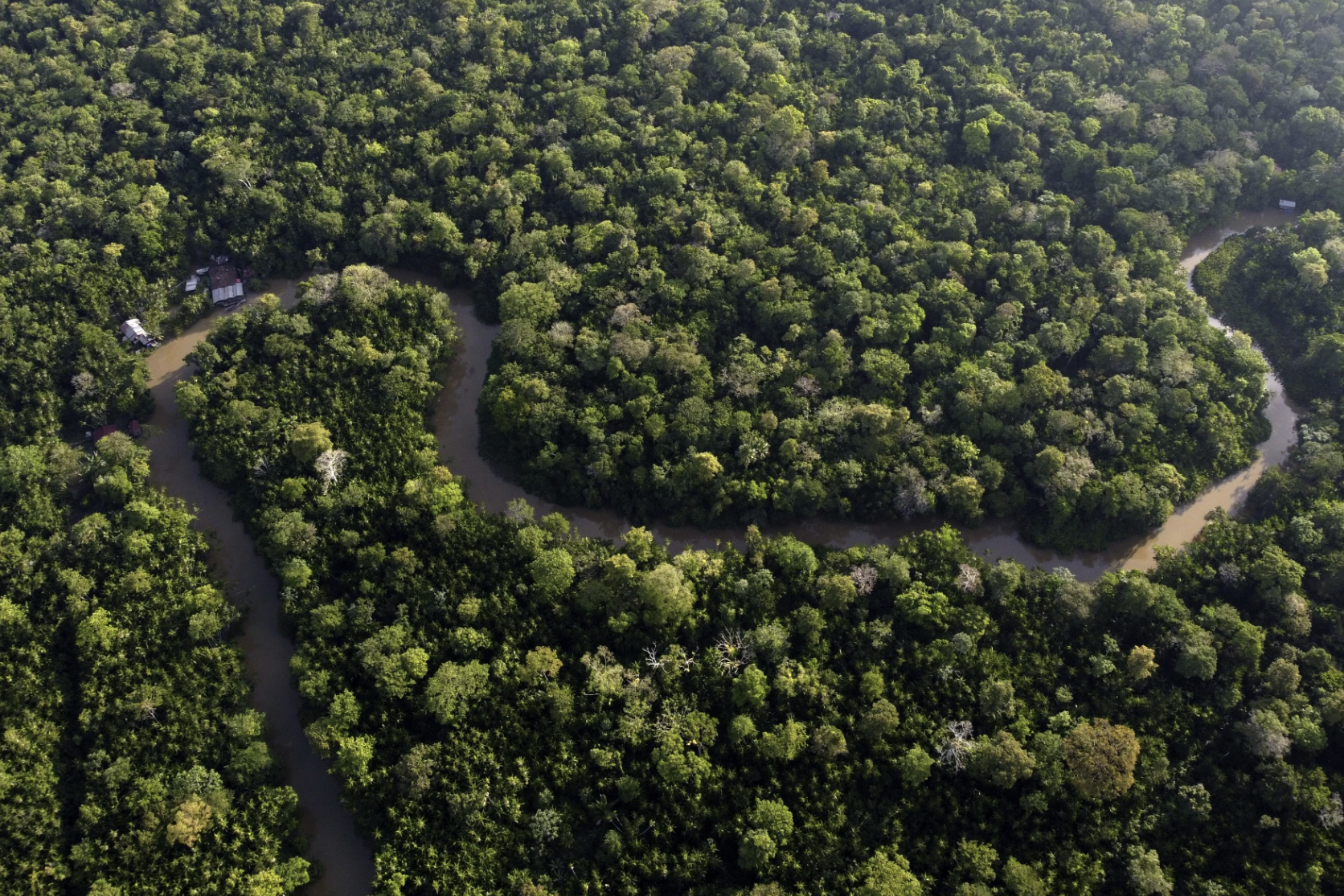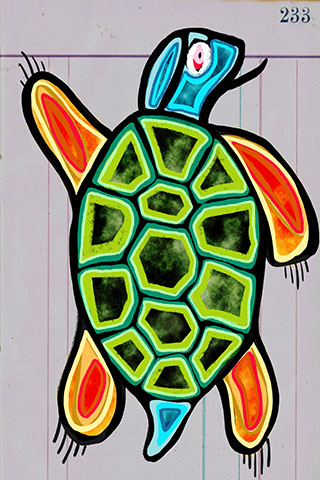The University of Miami acknowledges the ancestral and traditional territories of the Seminole Tribe of Florida, the Council of the Original Miccosukee Simanolee Nation Aboriginal Peoples and the Miccosukee Tribe of Indians of Florida who are the original owners and custodians of the land upon which we stand and learn.
- Accessibility Options:
- Skip to Content
- Skip to Search
- Skip to footer
- Office of Disability Services
- Request Assistance
- 305-284-2374
- Display:
- Default
- High Contrast
- Apply
- About UM
-
Schools
- School of Architecture
- College of Arts and Sciences
- Miami Herbert Business School
- School of Communication
- School of Education and Human Development
- College of Engineering
- School of Law
- Rosenstiel School of Marine, Atmospheric, and Earth Science
- Miller School of Medicine
- Frost School of Music
- School of Nursing and Health Studies
- The Graduate School
- Division of Continuing and International Education
- Alumni




